Industrial Leasing Trends for 2023
Hot markets to watch, tenants to look out for and a glimpse ahead at what the sector has in store.
With three strong years of activity under its belt, the industrial market continues to be the golden child in the eyes of many commercial real estate investors and developers. Despite solid performance, a slowdown in industrial demand and leasing is widely anticipated during 2023 because of economic uncertainty and the likelihood of a recession.
“Industrial has been the darling sector of commercial real estate for a while, especially post pandemic,” said Mehtab Randhawa, global head of industrial research for JLL. Pandemic shopping and online and e-commerce sales in 2021 posted record volume numbers, which sent demand for industrial space skyrocketing. That pent-up demand carried on throughout last year, as record low vacancies paired with record high rents across a variety of industrial sectors.
However, despite high demand for leasing and development, announcements from large players of pullbacks in plans and operations made investors wary.
Early in 2022, Meta announced it would invest a combined $2.4 billion in new data centers. But in December, projects in Denmark, Alabama and Texas came to a grinding halt.
Similarly, Amazon, slowed down the growth of its industrial footprint. The company put some 10 million square feet of space on the market for subleasing while simultaneously cancelling development plans in California, New York, Atlanta and New Jersey.
While some took the development pauses as indications of a faltering industrial market, others saw the decisions as opportunities for new companies to secure space.
“While these companies took a step back, there was a lot of pent-up demand on the sidelines from other companies at the same time,” said Randhawa. Companies which had missed opportunities to sign and execute leases quickly took up the newly vacant space. That trend is likely to continue for the rest of this year.
A glimpse ahead
Continuing throughout this year, given current macroeconomic conditions, demand is expected to remain relatively stable. “There is still pent-up demand out there,” said Randhawa. “We will definitely not see a 2021 again. That, I think, is once in my lifetime in terms of industrial,”.
Although 2023 will not mirror 2021, the industrial leasing market is still high on a 10-year horizon, according to Randhawa. The extraordinary levels seen in the past two years were unsustainable for long-term demand.
According to Carolyn Salzer, director & Americas head of logistics and industrial research at Cushman & Wakefield, leasing activity as of the third quarter of 2022 was on track to finish the year with more than 700 million square feet of new industrial leases. Cushman & Wakefield has registered numbers of this magnitude only in the past two years.
“We anticipate a significant cooling compared to the past few years of expansion,” said Salzer. “That’s not to say we expect anything like the slowdown we saw in 2009 and 2010 because the fundamentals are in a much better spot. While demand is projected to slow and vacancy tick up, we will still be well below the level we were at before the global financial crisis.”
Factors expected to contribute to the slowdown in industrial leasing this year include extended decision-making times, pressure from C-suite executives to slow both overall spending and real estate transactions, and a decline in construction starts.
“The slowing of construction activity will help moderate rising vacancies,” Salzer told Commercial Property Executive. “It won’t be without its challenges in the coming few quarters, but industrial will continue to be a great opportunity to invest in as one of the more desirable and recession-resilient asset types.”
Key factors
What is unique about industrial, and one of the factors that could keep it afloat in a hard year, is that consumer spending has not drastically slowed. Rather, personal spending was seen to increase throughout October and November of last year. According to the U.S. Census Bureau, the third quarter of 2022 saw a 66.4 percent increase in e-commerce sales.
As Randhawa notes, there are three major big-ticket items people buy: cars, homes and vacations. None of the three have completely returned to pre-pandemic sales levels. That leaves consumers with disposable income for a wide variety of retail goods. Especially with rising interest rates deterring the public from investing in homes, smaller purchases are fueling industrial demand. As consumer spending continues, leases get signed, warehouse lights turn on and trucks get put on the road.
Even with consumer spending staying par for the course, other factors such as rising interest rates and a looming recession will impact industrial leasing this year. As interest rates climb and a recession appears to loom, capital markets activity will slow. Financing and leasing will slow in turn.
“Although we are dominated by the warehouse distribution segment, manufacturing is definitely making a comeback.”
Mehtab Randhawa, global head of industrial research for JLL
“When we enter the anticipated recession in the first or second quarter, we will see deceleration in the leasing market,” said Salzer. “It will look worse when compared to the past several years but will still be positive compared to some other asset types.”
Chris Wimmer, CFA, senior director in Fitch Ratings’ U.S. corporate group, told CPE that rising interest rates are a key factor in REITs’ tenants pausing expansion plans or making overall leasing decisions.
“While most REITs rated by Fitch have the capacity to withstand such a slowdown, smaller-scale developers that lack balance sheets and liquidity will be forced to dispose of their projects, likely at distressed prices,” said Wimmer. “REITs that maintain ample dry powder will find distressed acquisition opportunities when developers are unable to finance projects to completion or to place recession-wary tenants, especially for properties built on speculation.”
Interest rates and a potential recession will impact every aspect of commercial real estate and industrial is not immune. It is a given that leasing activity will decline below levels of the past few years. That said, however, industrial will likely outperform other commercial real estate sectors.
Trendsetting tenants
Certain industrial tenants will create significantly more deal and leasing activity than others throughout this year. One key factor that experts will play a part in this trend is the regionalization of manufacturing. “That is a long-term megatrend to watch for industrial,” said Randhawa. “Although we are dominated by the warehouse distribution segment, manufacturing is definitely making a comeback.”
For several years reshoring has been a big topic of conversation. Now, it is a reality. In an effort to diversify risk, manufacturers are investing dollars, breaking ground and beginning production in new facilities.
Salzer agreed that it is safe to predict ramped-up activity by manufacturing and adjacent tenants in 2023. “As companies look to diversify their supply chains, it makes sense to start bringing space back to the U.S. and North America,” said Salzer. That should also boost activity in related areas, such as third-party logistics.
Taking into account longstanding supply-chain issues, Wimmer believes that consumer product tenants, and domestically based companies, should continue to do well.
In contrast, leasing activity for pure-play ecommerce tenants has fallen, according to Randhawa. The tenant sectors that have bounced up are mostly in manufacturing, dominated by automotive companies including electric vehicles and batteries. Randhawa predicts that pure-play 3PLs, manufacturers, and logistics and distribution retailers could be taking more space during 2023.
What types of space will they lease? One indicator: More spaces larger than 1 million square feet have been leased recently than in the past five years. In all of 2021, 58 leases of that size were signed nationwide. By the third quarter of 2022, 56 deals had already been transacted, Salzer reported. Activity for spaces of 500,000 square feet or more also surged. “So the bigger sizes have made a comeback.” The number of smaller leases ranging from 50,000 square feet to 100,000 square feet also increased last year compared to 2019 and 2020.
Randhawa similarly stated that demand for mega-box spaces has been high, a trend that globally is likely here to stay. Once tenants know which market they want to be in, finding the right location as well as properties with sufficient efficiencies can be a challenge. Tenants are willing to sign these larger spaces with other factors considered working on their behalf.
Hot markets
Predictions for which hubs will do well this year are based largely on how they performed in 2022. According to a recent national report by CommercialEdge, single-market vacancy dropped the most last year in Nashville, which posted an average rate of about 1 percent. Also faring extremely well were the Inland Empire and Los Angeles, the only markets to post double-digit rent growth.
As the market slows in 2023 tenants will engage in a flight to quality as well as to a flight to safety as they gravitate toward population centers, Salzer predicts. She expects primary markets, as well as markets proximate to ports, to fare best.
“Large chunks of the construction pipeline are in the larger primary markets as well as port-proximate markets,” said Salzer. “Among others will be some of the Sun Belt markets that have seen population growth and cheaper pricing on the industrial side.”
According to Randhawa, the core industrial locations this year will continue to be the mega-markets: the Inland Empire, Los Angeles, Chicago, Atlanta, Dallas and New Jersey. “That is where people live, that is where people consume,” he said. But a JLL report also highlights three rising stars—Phoenix, Savannah and Charlotte. Though not considered primary locations, each one offers unique reasons for its expected growth.
The reasons for highlighting Phoenix are several. Tight vacancy rates and high demand in the 1 billion-square-foot Southern California market make industrial space in the region expensive and hard to come by. As a result, Phoenix is benefiting from the migration of companies that don’t need port access or a location in such an expensive market. And the market is exhibiting strong growth from manufacturers of electric vehicles, semiconductors and batteries.
Savannah was named a market to watch by JLL for the second consecutive year due to a major shift in supply chains from the West Coast to East Coast, as well as because of the port city’s proximity to Atlanta. Charlotte, on the other hand, made the list of hot markets largely because of post-pandemic migration. With that population growth came stepped-up industrial leasing by construction materials companies as well as announcements by big auto manufacturers of plans to locate in the area, according to Randhawa. Retail is also expected to create increased demand.
“Manufacturing tenants’ frustrations with established logistic hubs has been fairly well documented,” said Wimmer. “Newer hubs which have benefitted from increased investment therefore have the opportunity to gain market share.” hile primary mWarkets are still expected to perform well, these new and upcoming national industrial spots will grow throughout the year.


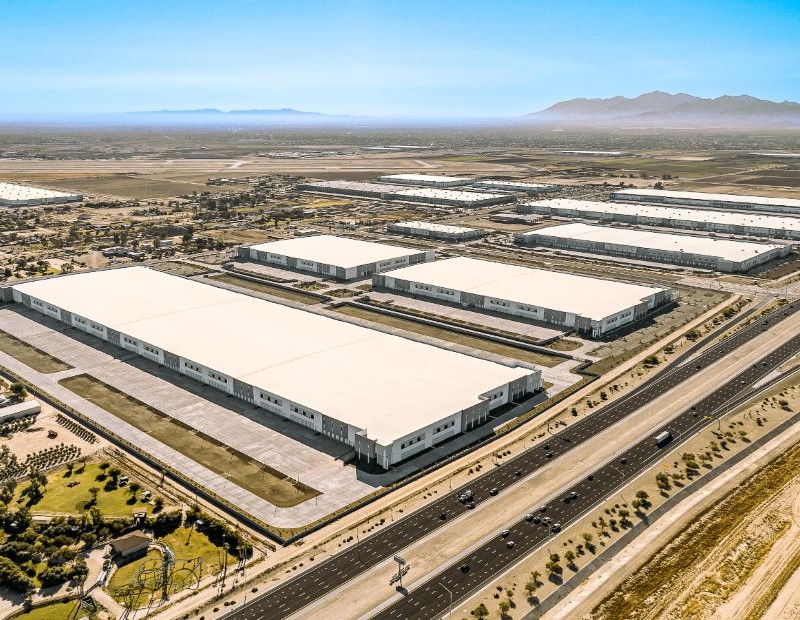
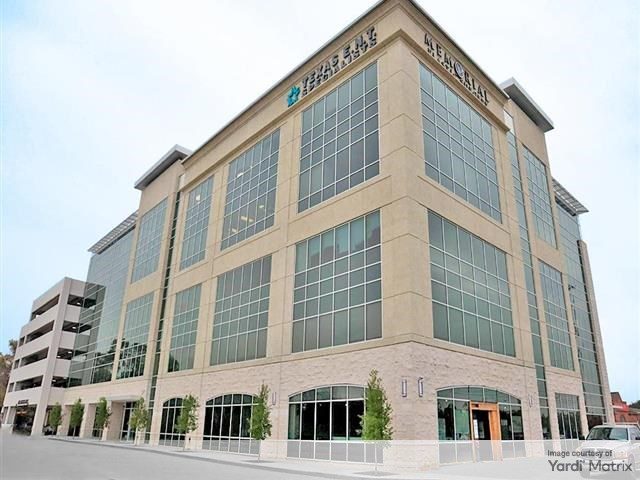
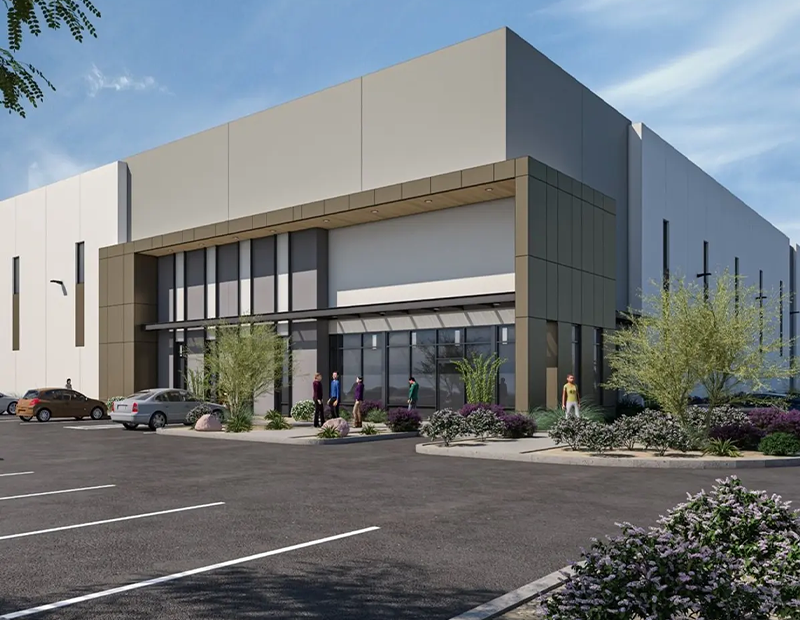
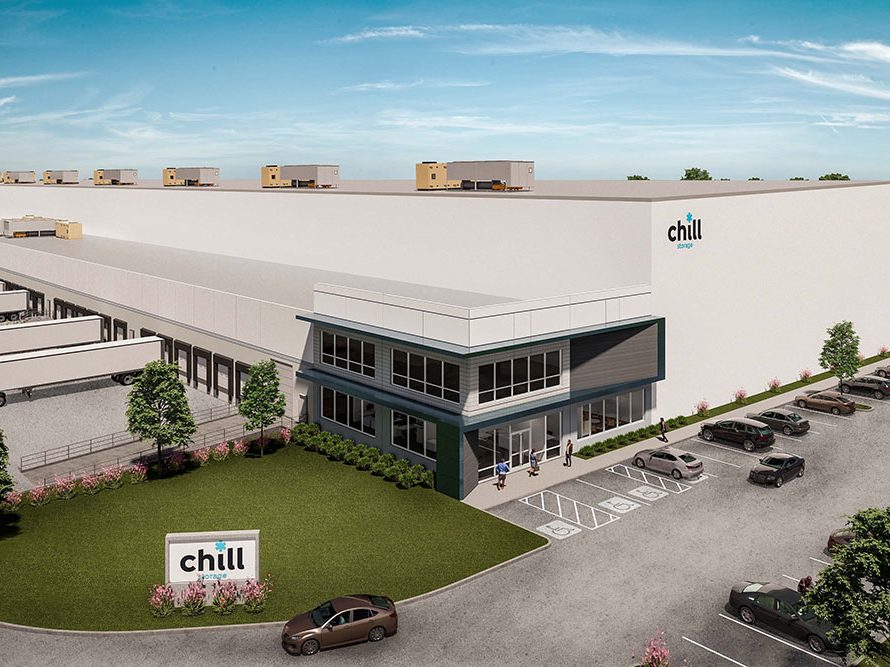
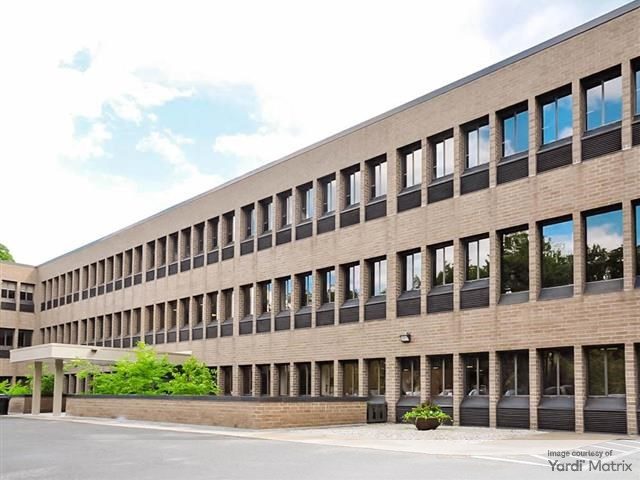
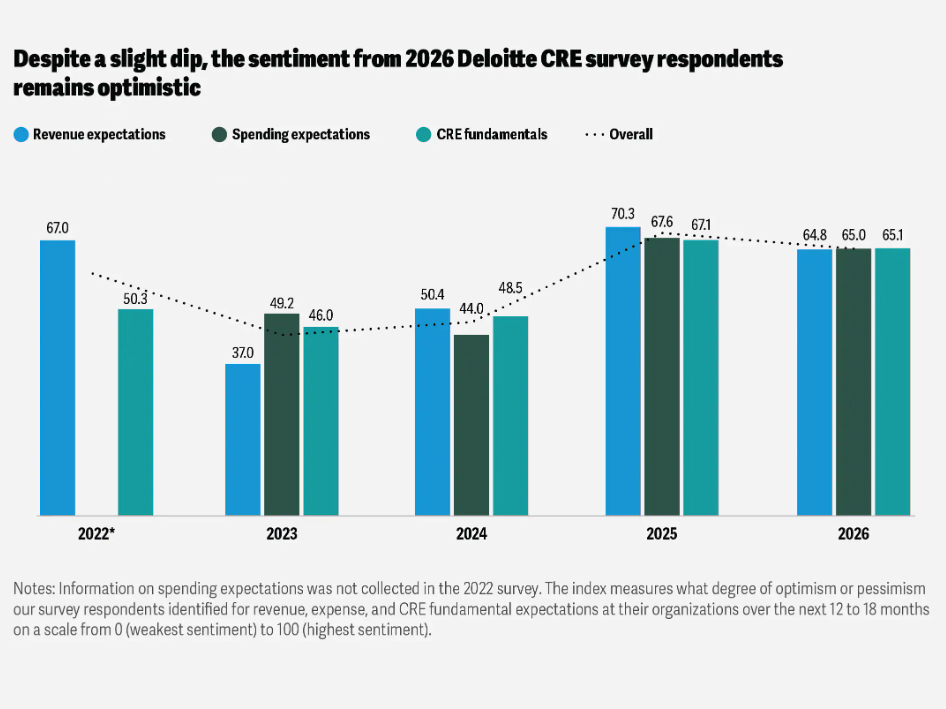

You must be logged in to post a comment.